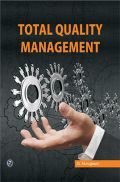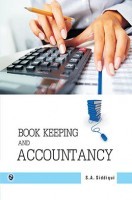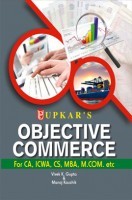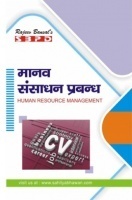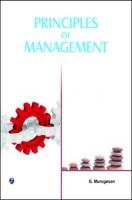Description:
Managerial Economics has assumed a predominant role in today’s globalized and liberalized economy because of the financial implications of many decisions that a manager has to take in his day-to-day professional life. This comprehensive and student-friendly book, now in its second edition, strives to equip the young, practising and budding managers to find solutions to the real-world problems through the efficient and effective use of economic tools and techniques. The authors who admirably combine academic and professional experience give a clear and straightforward analysis of the various topics in managerial economics.
The text begins with an overview of managerial economics and describes the modern business firm and its objectives along with the concepts of market mechanism, demand theory and production analysis. The text then moves further to explain managerial techniques, macroeconomic theory and international trade and finance along with the risks and uncertainties involved in business. Besides, it also explains the cost and revenue, supply, pricing, profit and investment analyses. Finally, this book discusses some important Case Studies to reinforce the concepts presented in the text.
In this edition, a new section on eleventh five year plan (2007–2012) has been included in Chapter 15 to enhance the utility of the book.
Intended as a text for postgraduate students of Management, Commerce and Economics, the book would also be useful for undergraduate engineering courses where Managerial Economics is offered. Finally, the book can be profitably used by marketing and management consultants, business executives and other related professionals.
KEY FEATURES :
Includes several simple, numerical examples with solutions for easy understanding of theory.
Contains a large number of tables and figures to illustrate the concepts.
Provides chapter-end exercises to check students’ comprehension of the subject.
CONTENTS:
Preface
1. Introduction to Managerial Economics
2. Fundamental Concepts and Models of Managerial Economics
3. Modern Business Firm
4. Market Mechanism and Circular Flow of Economic Activity
5. Demand Analysis—Part 1 (Theory of Demand)
6. Demand Analysis—Part 2 (Elasticity of Demand)
7. Demand Analysis—Part 3 (Demand Forecasting)
8. Production Analysis
9. Cost and Revenue Analysis
10. Supply Analysis
11. Pricing Analysis
12. Profit Analysis
13. Investment Analysis
14. Managerial Techniques
15. Macroeconomic Analysis
16. International Economics and Finance
17. Analysis of Risk and Uncertainty
18. Cases for Discussion
Index











